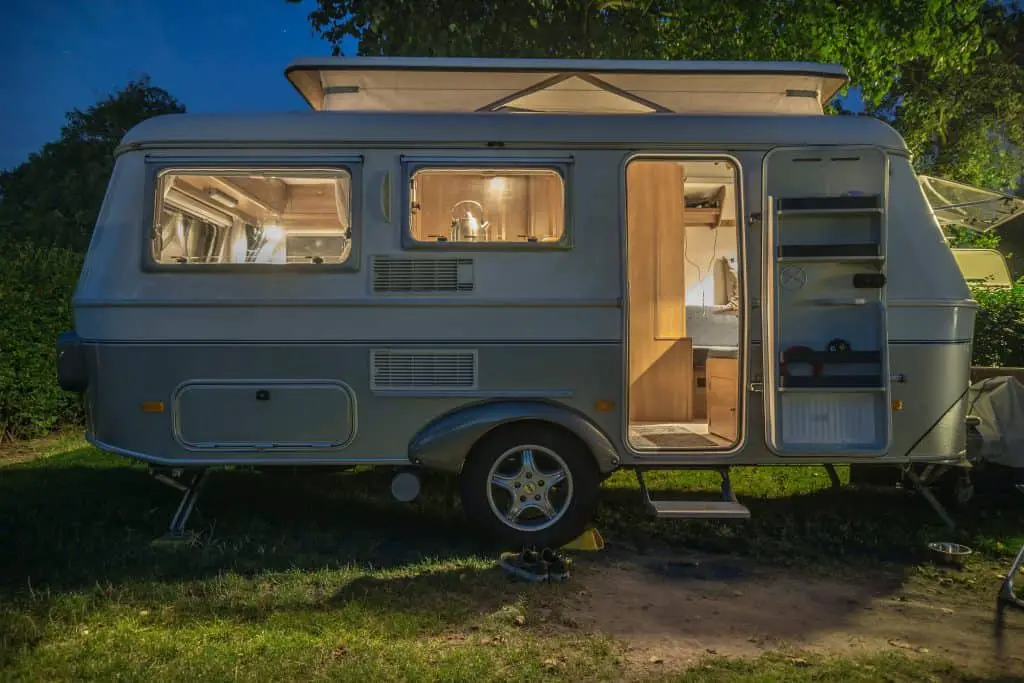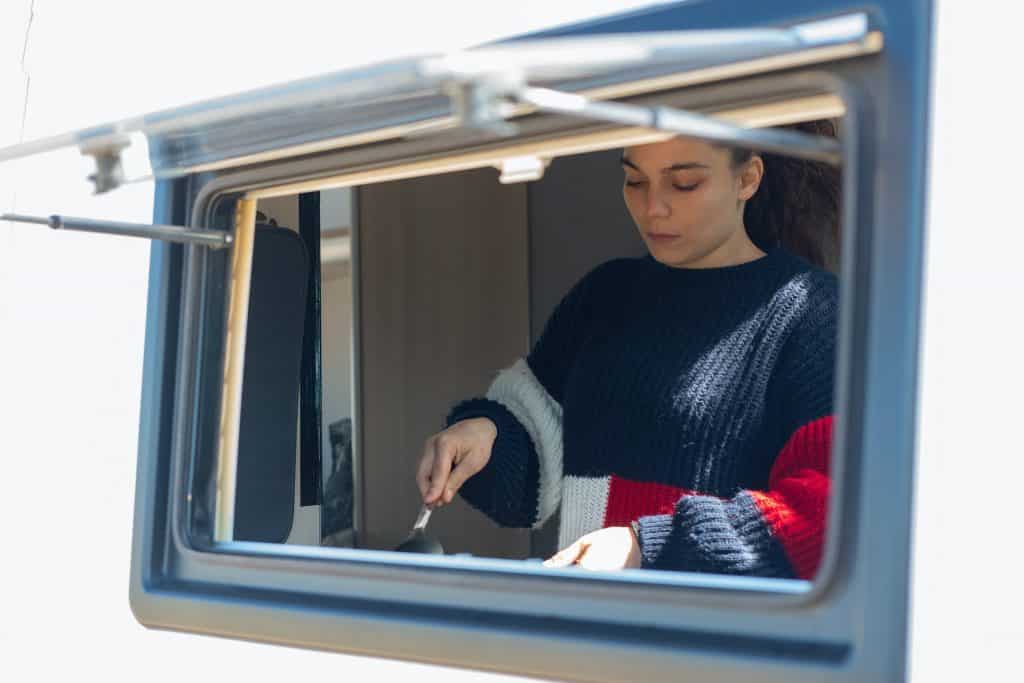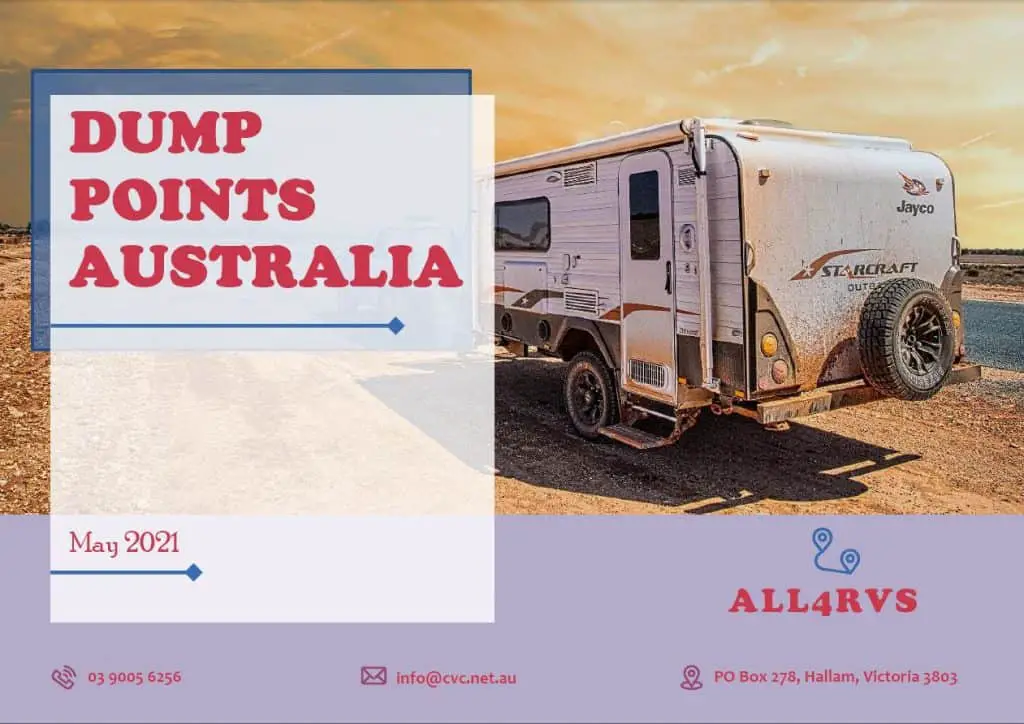When asked, “What is self-contained RVing?” – too many people mistake it as something dependent on the type of RV being used. While that does contribute to the whole picture, self-contained RVing is not all about having the “right” RV. Self-contained RVing is a practice. Hear my case as I explain further in this post.
BLOG CONTENTS
What’s in it for self-contained RVers?
What does a self-contained RV have?
Where can I apply self-contained RVing?
How do I apply self-containment when my RV is not complete with amenities?
Culminating the meaning of self-contained RVing
What is self-contained RVing?
Following through my introduction, people have this notion on self-contained RVing as “using an RV that has all the amenities to enable you to camp independently – that is, without using any of the camping ground’s facilities”. However, that is not entirely true. Again,
Self-contained RVing is a practice.
So regardless of how much your RV is equipped with the amenities you need, it’s still up to your behaviour that we can render RVing as truly “self-contained”.
In an interview with CMCA, Stuart Lamont (CEO of the Caravan Industry Association of Australia) has emphasized enough on this clarification. He added that:
“Freedom camping should not be an exclusive realm for a product that is labelled as self-contained, it should be available for those who are environmentally aware and responsible.”
– Stuart Lamont, CEO of CIAA
So by what standards should we measure an RV practice as self-contained? That is, the RVer must (throughout the entire stay) be able to:
- Have your own fresh water supply, and at a sufficient amount to cover your drinking, washing, bathing and other potable water needs
- Appropriately contain your waste water (i.e. via separate black and grey water tanks)
- Not dump your waste water at the campsite unless that campsite has a dump point
- Not dump your solid waste at the campsite
- Use your own power source
For short, the RVer must be able to camp at the campsite while completely relying on their own resources and literally leaving no trace of anything after their stay.

Photo by Stefan Widua on Unsplash
What’s in it for self-contained RVers?
Why self-contain anyway when there are lots of camping sites with the facilities that I need?
1. The best places to stop by are those that are hard to locate
I’m positive of this: Long-time RVers know very well that the most scenic places are those that are most difficult to reach. Most of the time, online maps don’t even have a clear or updated record of them. Is this not the dream campsite of every RVer? Unfortunately, these same picturesque sites (more often than not) do not have the facilities you are expecting them to have. This is one way where self-contained RVing comes in!
2. You can only expect environmental authorities to be even stricter in the future
And RVing is not exempted from the effects of the decisions environmental bodies make. So might as well prepare ahead through the practice of eco-friendly (a.k.a. self-contained) camping.
3. Self-contained RVing shows how responsible you are
Following through with the strict environmental laws, the practice of self-contained RVing not only covers the preservation of nature per se but also protects the next generation of RVers.
4. Self-contained RVing helps the economy too
I bet you didn’t know that! And I’m neither referring to the grand cash inflow from city businesses nor from commercial caravan parks. Rather, I’m referring to the businesses in the outskirts. Remember what I said earlier – that the most beautiful and peaceful sites are often out of reach? Well, here’s the clincher:
“These towns and destinations are seeing the value in the self-contained RV tourist market and are responding to that, and in turn, they are making thousands of dollars in revenue from a traveller who is prepared to spend.”
“It might not be on a five-star caravan park with all the bells and whistles, but it’s at the local butcher, or bakery, investing money directly into the economy by supporting small business and local jobs. This is why this type of site is so important, it’s not about just providing somewhere for a self-contained tourist, it’s about the entire economic benefit to a region.”
Also, self-contained RVing in such spots is not for regular RVers only. Even casual RVers can contribute to the welfare of small local RV tourist spots. Say, you’ve been living in cities all your life and you wanted to take a break by connecting with nature or by experiencing the simple life. Then the way to go is to visit small local RV tourist spots and practice self-containment.
So those are just the basics of how self-contained RVing can benefit you and others. Now let’s talk about the practical benefits which most probably is the one you’re more interested in.
The practical benefits of self-contained RVing
Indeed, there’s a reward for every good action. So here are some practical benefits for practicing self-containment:
-
Free and cheap campsites allow self-contained RVers to stay for longer
Consequently, those who aren’t able to self-contain are allowed to stay for usually up to 2 or 3 days only.
-
More options on where to camp
Public caravan parks and some free campsites are now getting stricter in their campground rules. Several caravan parks state in their signboards that they require self-contained RVing. So if you’re a naturally self-contained RVer, you can worry less about having to check first the regulations of your intended destinations.
Heritage parks have long been strict on self-contained RVing. To preserve the wonders of their site, they usually set a limit on the number of visitors and ensure that such visitors are responsible enough.
-
Cheaper rates on most paid campsites
Leaders in the RV industry have been pushing paid campsite owners to charge self-contained RVers cheaper rates. And that’s just fair, considering their expected usage of the site’s facilities is less.
Another approach paid campsite owners is to have separate charges for the usage of certain facilities. A user-pay system. For example, although they charge $200 for the complete accommodation and facilities, they have a separate charge of:
-
- $5 for customers who want to use their dump point only, or
- A $40 charge for customers who have their own power source; Paid caravan parks typically have a dedicated site for such customers.
With that, RVers who practically live in their motorhomes, campervans or caravans can further stretch their budget whilst being able to see more of Australia.
What does a self-contained RV have?
Previously we have established that self-contained RVing is a practice. But let’s not neglect the part where there are RVs that can aid us in completely adhering to such practice. We call them “self-contained RVs”. So what do these RVs have that they’re tagged as “self-contained”?
1. Fresh, grey and black water tanks
There’s this old adage, “It’s better to have no electricity than no water”. True enough. So to ensure that you have enough stock of potable water without having to rely on the campsite’s supply, your RV should be equipped with a fresh water tank.
Likewise, your RV must have tanks to contain your used water. And remember, that’s two separate tanks – one for grey water (from shower or sinks) and one for black water (sewage). To make your self-contained RVing experience better, I gave some tips on how to handle your grey water tank.
2. Toilet or bathroom
How can one survive without these, to be honest? Well, that is why self-contained RVing is a skill that needs to be learnt and maybe eventually get used to. But focusing back on the RV, it is impossible to be equipped with a black water tank without having a toilet as well. The same goes with a shower/sink with a grey water tank.
But this is where the bottleneck is:
Standard campervans and caravans may not have bathrooms or fixed toilets – only motorhomes, fifth wheelers and big rigs surely do.
So instead, they have the portable type or the composting type toilets. And since standard campervans and caravans do not have showers, the RVer is limited to the length of his stay in a restricted campsite. Or maybe the RVer can get a slightly longer stay when camping by the beach.
3. Power
Coming in as the third necessity following food and water, power must be made available by your self-contained RV too. This is usually in the form of your RV’s batteries or via a solar panel.
4. Cooking and other facilities
Actually, no standard dictates what exact facilities make up for a self-contained RV. But there is a standard for motorhomes and campervans in general, and it’s found in Circular 0-4-12. Nevertheless, the point is that your self-contained RV must have all the facilities you need to get you by. It’s up to you what those facilities will be.
But if we’re talking about cooking facilities, relatively small campervans and caravans are limited as well just like the toilet/bathroom bottleneck I explained a while ago. For such vehicles or trailers, portable burners are being used.
Self-contained RVing does not necessarily mean that you have to be inside your RV to use your facilities. As applicable, you may use some of them outside your RV but without leaving any trace after usage.

Photo by Kampus Production from Pexels
I understand that not all RVers can afford such equipped RVs. But then again, it’s about the practice – not the RV itself. And if you’re planning to rent instead for an upcoming trip, why not start learning self-contained RVing by using first a self-contained RV?
Where can I apply self-contained RVing?
Practically at any location where RVs are allowed to park! But of course not on public streets. Now, where are these RV friendly locations?
We have these on top of our list:
- Free (public) camping sites or parks
- Paid caravan parks
- Heritage parks
- RV rest areas
- Showgrounds
- RV friendly towns
- Roadhouses
To know more about the differences of these sites plus the important parking rules every RVer must know, I’ve got just the right blog post for you! Feel free to visit anytime.
Also, All4RVs offers a dump point e-book you might want to grab a copy of. Not only will you find where the dump points in Australia are (even offline), but also other important RVing facilities such as toilet, shower, and powered sites. Locations of such facilities give hint to where the nice camping spots are.

How do I apply self-containment when my RV is not complete with amenities?
Duly prepare everything beforehand
Knowing that your RV has limited amenities, it is but natural to prepare with extra diligence before heading off to Neverland. Here are practical examples:
- Bring “easy to prepare but not easy to spoil” foods, and avoid the greasy ones. Washing, preparing and cooking food on-site adds to your water usage and waste volume.
- Estimate how much water you’ll be using and purchase your own portable water and/or sewage tanks as applicable.
- Prepare enough waste bags for your rubbish
- Fully charge your equipment and devices.
- Invest a little in portable batteries (i.e. power banks) for your devices.
- Bring clothing that is easy to wash.

Limit your stay
Only you know how much stuff you have prepared, so add to your responsibility the right estimation on how long you can stay in a restricted site based on your resources. And since your stay is limited, do maximise enjoying your time in that desired destination of yours.
But if you wanted to stretch your stay a little longer but couldn’t do so much concerning facilities, then make your body adjust through the virtue of conservation.
Conserve your resources
- Try some dry shampoo products
- Use detergents that require little water
- Lessen your use of cutlery
- Set your devices to power-saving mode
- Minimise the use of your gadgets. Why not try some books instead, or walk or swim around the site?
- Maximise the use of fresh air instead of turning on the air conditioner. Use screens, mosquito nets or repellents if needed.
- Ration your food (yes, I know – sometimes it’s just difficult)
Culminating the meaning of self-contained RVing
So then again, self-contained RVing is the practice of completely relying on your own resources (and not of the campsite’s) to recreate at a camping ground and leaving without any trace of trash. Self-contained RVing has in part something to do with having a well-equipped RV – BUT not necessarily being entirely dependent on it.
Now regardless if you’re a newbie or long-time RVer planning to purchase a motorhome (or even are currently owning one), you must be aware that RV facilities have standards to follow.
- Starting from dimensions, types of equipment allowed, up to the placement of such facilities – there are just lots to know.
- In addition to that, you have to learn what factors to consider when buying motorhomes or when converting motorhomes or even when fitting aftermarket items.
But don’t stress! Because we have a motorhome e-book to guide you through. Moreover, these guidelines are from licensed experts in the industry so you can trust its legitimacy. Happy RVing!

